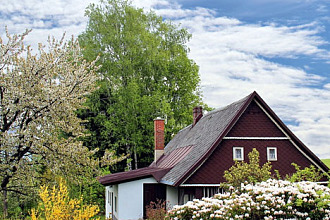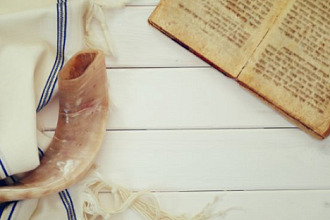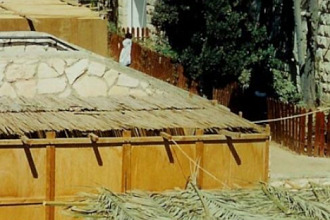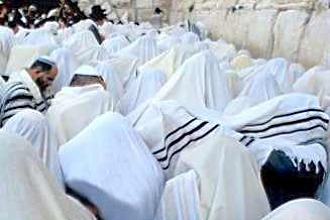Sukkot is a time of great rejoicing. There are at least three commands given by God in relationship to the Feast: the children of Israel are to 1) dwell in sukkot (booths), 2) gather the Four Species, and 3) Rejoice.
The most prominent symbol in all of Sukkot is that of the Sukkah, a booth in which the observant Jewish family will dwell for the duration of the Festival. Many people are so eager for this joyful time together with family and friends that they'll immediately begin constructing their sukkah at Yom Kippur's closure on 10 Tishrei--five days prior to 15 Tishrei--when the Torah commands families to commence their booth-dwelling week!
The Bible instructs us: "You are to live in sukkot" (Lev. 23:42); of course, implicit in that command is that a sukkah had to be constructed. Where the Torah is vague regarding Sukkot, Jewish rabbis have provided us with direction as to how this process looks.
Essentially, the sukkah is required to be built outside--perhaps "in a yard or [on] a roof, or even a balcony" (Parsons)--and to have three walls, made of materials selected by the builder (e.g. wood, brick, tarp). The sukkah's appearance illustrates it's temporary nature, evoking thoughts of the transitory time of the children of Israel in the desert and, furthermore, our own quickly-passing earthly lives:
"For we that are in this tabernacle do groan, being burdened: not for that we would be unclothed, but clothed upon, that mortality might be swallowed up of life." (2 Cor. 5:4, KJV)
The roof of the sukkah--it's most important feature--must be covered by "anything that grows from the ground, such as branches, two-by-fours, and bushes" (Kasdan). In the Middle East, the most often used materials are palm branches. It is mandatory that the roof include openings whereby its occupants can observe the stars at night, yet again signifying the temporariness of the structure and its builders.
Certainly the following Psalm comes to many a stargazer's mind as he or she beholds the vast expanse:
When I observe Your heavens, the work of Your fingers, the moon and the stars, which You set in place, what is man that You remember him, the son of man that You look after him? Psalm 8:3-4, HCSB
Once a family has erected and decorated their sukkah--it is a mitzvah (commandment) for everyone to participate in the process--on 15 Tishrei, the first holiday meal for the festival is to be enjoyed by the family inside the sukkah.
Image Sukkot in Kfar Etzion, Israel by Zachi Evenor released under CC BY 2.0


























